The Milken Institute, founded by financier Michael Milken, has released an analysis of 100 large metropolitan areas and rated them on their ability to provide healthy, productive and purposeful lives for their aging residents.
The rankings are based on a wide range of factors that promote age-friendly communities such as health care, wellness, living arrangements, transportation/convenience, financial well being, employment/educational opportunities, community engagement, and overall livability.
The following 15 large metropolitan areas offer aging residents the ability to lead fulfilling lives, with No. 1 receiving the highest score.
No. 15
Little Rock-North Little Rock-Conway, Ark.
This area boasts great health care, special needs transportation and affordable living. Unemployment among older residents is low, and the area is home to many small businesses. However, high rates of inactivity and unhealthy eating lead to elevated obesity and diabetes rates.
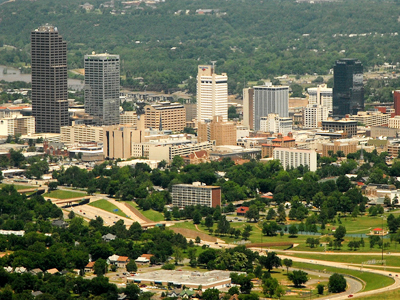
No. 14
New York-Newark-Jersey City, N.Y.-N.J.-Pa.
This metropolitan area covers many counties in three states. It is home to various cultural, financial and shopping venues. Older adults have a good chance of finding jobs in the large service-sector industry, plus grocery shopping and transportation are convenient. Unfortunately, the high cost of living and high taxes can be a considerable burden to residents.
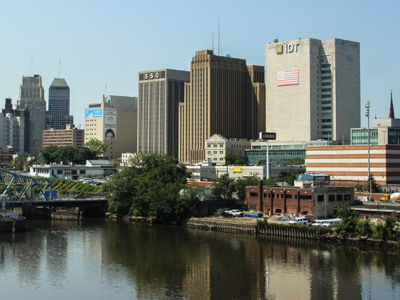
No. 13
Syracuse, N.Y.
The low cost of living, abundant food stores, libraries and museums, and walkable neighborhoods make this a desirable city for aging residents. However, there is insufficient specialty care for Alzheimer’s and dialysis patients and the cost of nursing homes and assisted-living facilities is high.
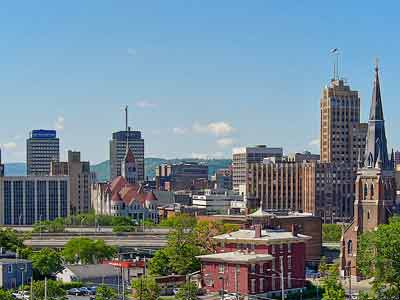
No. 12
Urban Honolulu, Hawaii
This tropical vacation spot boasts low unemployment due to its abundance of service-sector jobs. Many residents are able to walk to work, and the obesity level is low. Relatively few people smoke. Life expectancy is high. The downside is high rents and expensive services, especially at quality nursing facilities and hospitals.
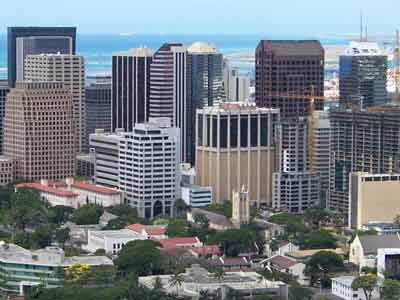
No. 11
Denver-Aurora-Lakewood, Colo.
Quality health care and physically active, nutrition-conscious older adults make for a low number of diabetes and obesity cases here. The area boasts many psychologists, physical therapists, and home health-care providers. However, the high cost of living and steep public transportation fares can pose a problem as well as the need for hospitals with geriatric services and rehabilitation facilities.

No. 10
Bridgeport-Stamford-Norwalk, Conn.
This metro area is among the safest places to live and offers a range of cultural and artistic venues. The area has low rates of mental distress, obesity, smoking and diabetes. It also offers a sufficient numbers of quality nursing homes and home health-care providers. Although residents are healthy and active, housing is so expensive that it ranks last in this category of all the metropolitan areas studied, plus it has a high level of reverse mortgage debt.
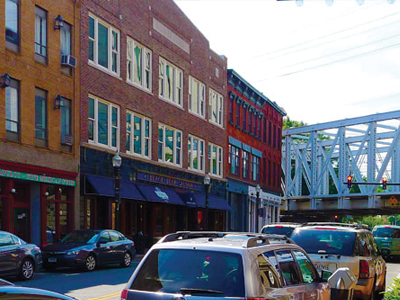
No. 9
Austin-Round Rock, Texas
Job growth here is among the highest for large metro areas and employment growth is strong for older adults. Seniors are fit and few smoke. Home to the University of Texas, this area enjoys a multicultural environment and a vibrant music and arts scene, but needs more specialty health-care services.

No. 8
Toledo, Ohio
This city is safe and affordable with ample golf courses, parks, libraries and fitness centers. Public transportaion is reasonably priced and commute times are short. However, finding work or starting a business can be difficult in the local economy. Obesity, smoking and diabetes rates are high.
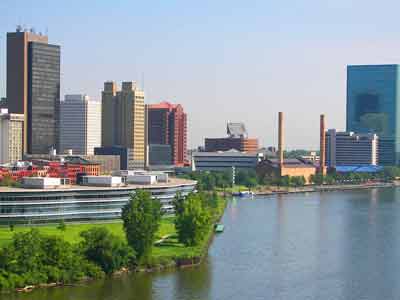
No. 7
Des Moines-West Des Moines, Iowa
The thriving economy, inexpensive living, ample health care and cultural and community offerings make this an attractive area. In addition, there is an active volunteer scene for older adults and substantial public funding for senior programs. The downside is a lack of quality and specialty health care services.
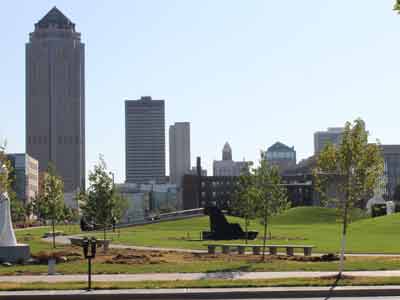
No. 6
Jackson, Miss.
The area offers a high rate of employment for older adults and the University of Mississippi provides many educational and retraining opportunities for residents. It also boasts high income growth and a low tax burden. There is an abundance of affordable hospitals and assisted living facilities. The downsides include a high rate of unhealthy lifestyles, limited arts and recreational options, and dangerous roadways.
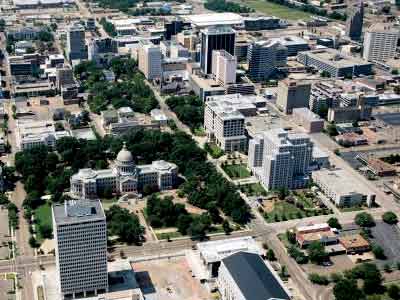
No. 5
Salt Lake City, Utah
This city boasts a high level of employment for its older population and many community colleges offer courses for retraining. Residents are active and eat nutritious diets. There are also numerous home-health care providers, but little housing that meets aging residents’ needs and a lack of funding for community programs and services geared toward older residents.
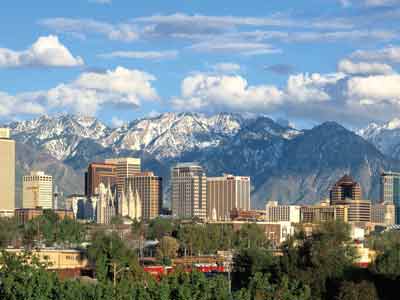
No. 4
Boston-Cambridge-Newton, Mass.
Home to more than 100 colleges and universities, this area hosts a vibrant intellectual community as well as an abundance of quality health and wellness options. There is a high employment rate for older adults as well as ample public and special-needs transportation available for commuters. The downside is a high cost of living and a wide range of income disparity.
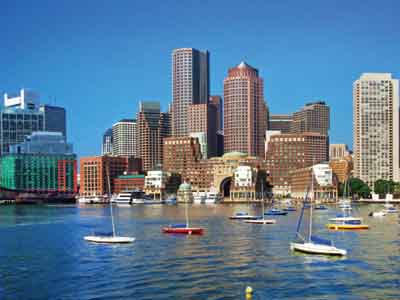
No. 3
Provo-Orem, Utah
This area’s healthy lifestyles and safe environment have been a draw for many older residents in recent years. It boasts high employment rates, as well as high volunteerism rates for its residents. But it is an expensive place to live. The area lacks hospitals with Alzheimer’s care, and there are too few doctors and nurses.
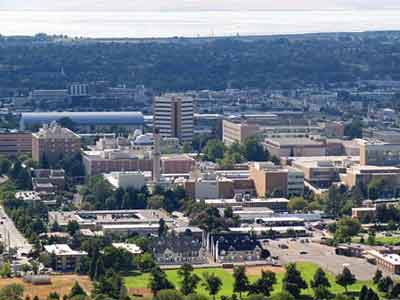
No. 2
Omaha, Neb.-Council Bluffs, Iowa
With five Fortune 500 companies located in this area, the employment rate among mature adults is high. The cost of living is low and it is an emerging health-care hub. There are numerous recreation facilities available for older people, but residents suffer from unhealthy lifestyles and safety is an issue.
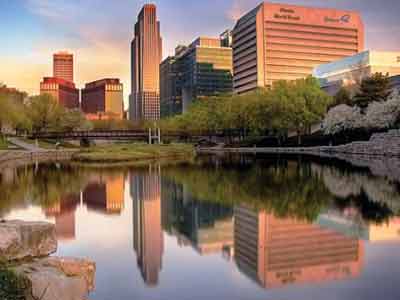
No. 1
Madison, Wis.
Home to the University of Wisconsin, Madison is a hub of innovation and intellectual stimulation. Economic growth gets a boost from the university’s research needs, and quality health care is a big plus. Among older adults, employment growth is high and poverty rates are low. The abundance of fitness facilities, libraries and museums give residents numerous options for culture and recreation. The high cost of living is the downside for this Midwest city’s mature population.
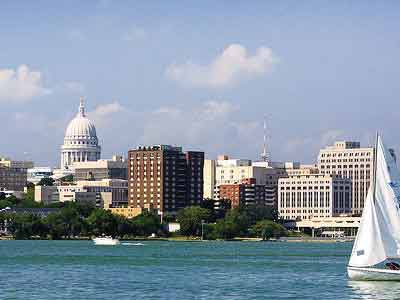 For the complete list, click here.
For the complete list, click here.